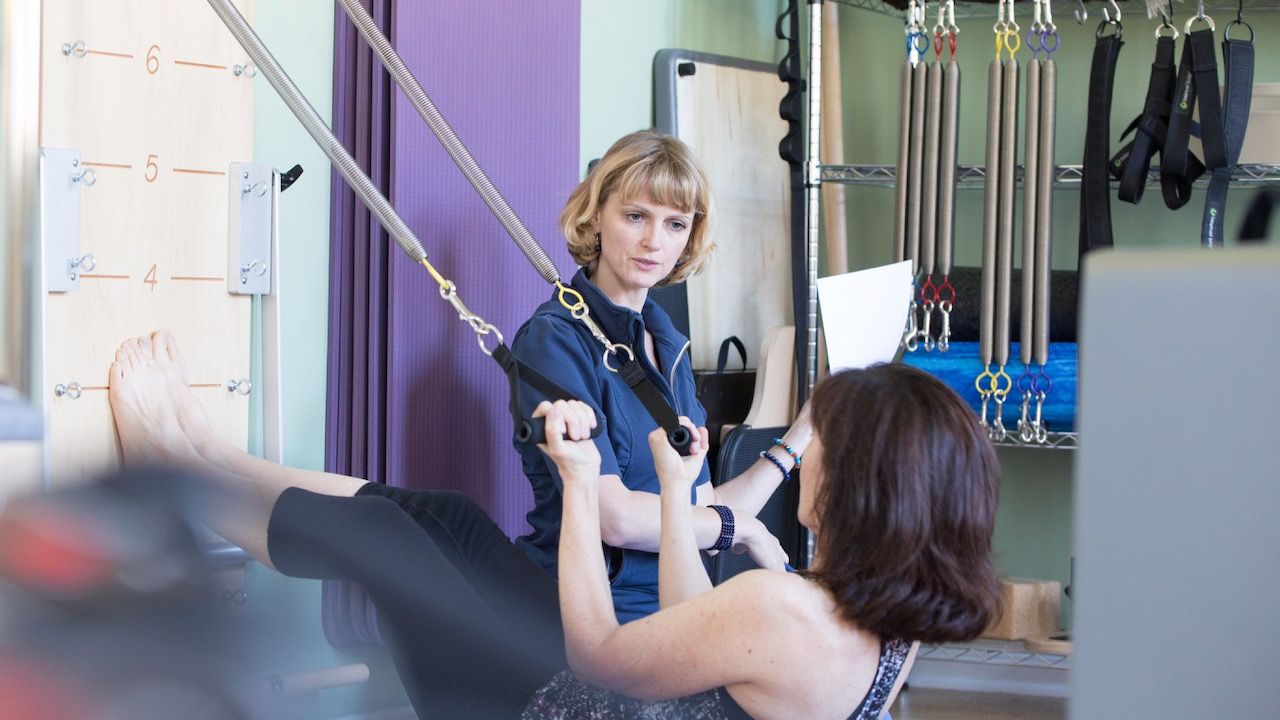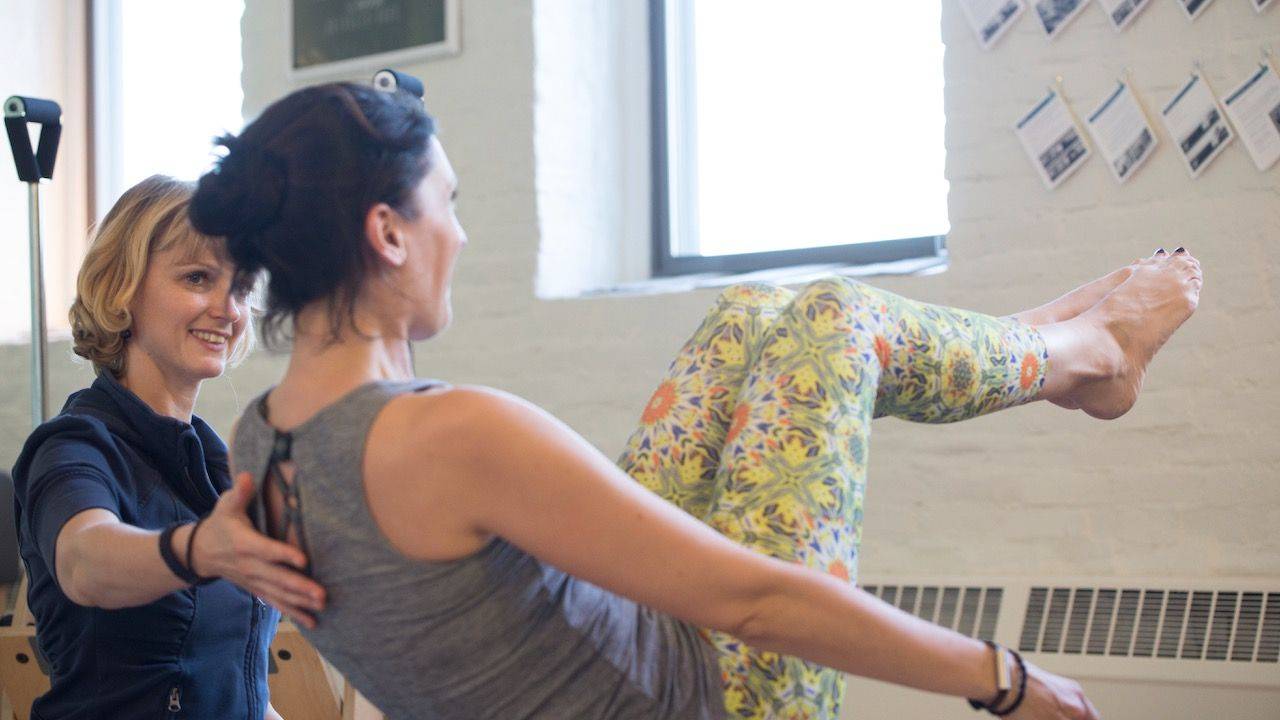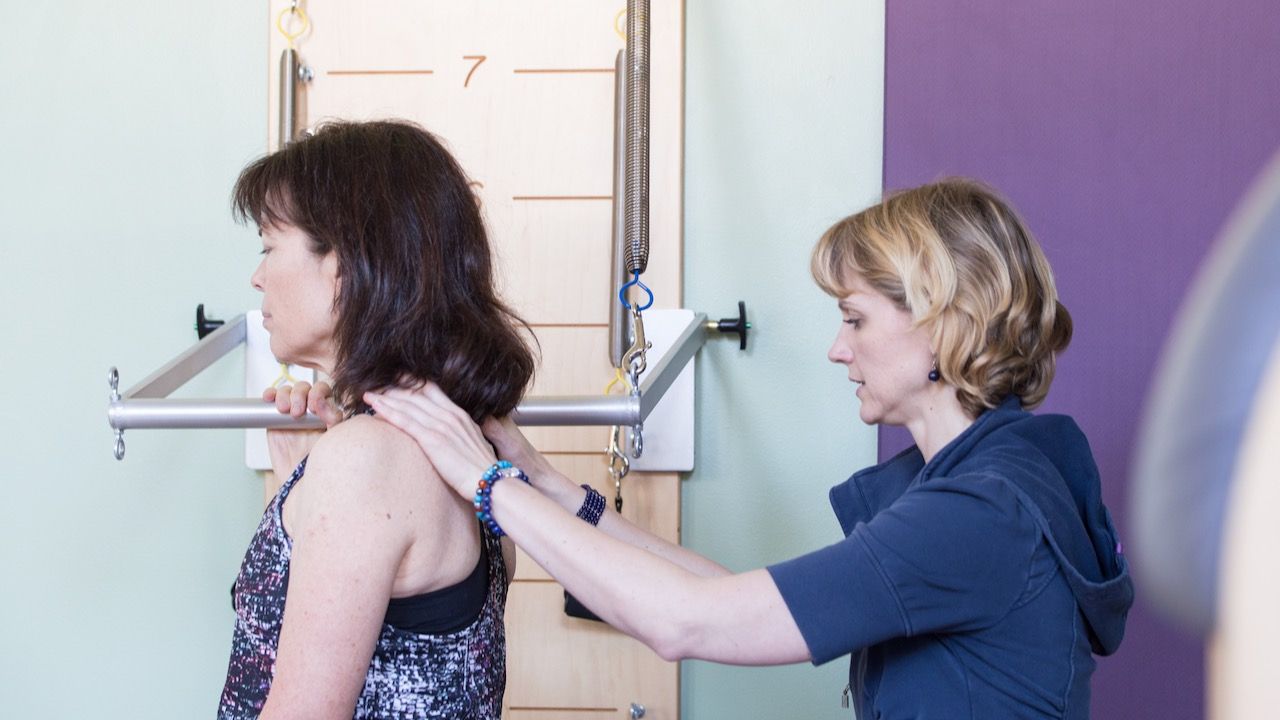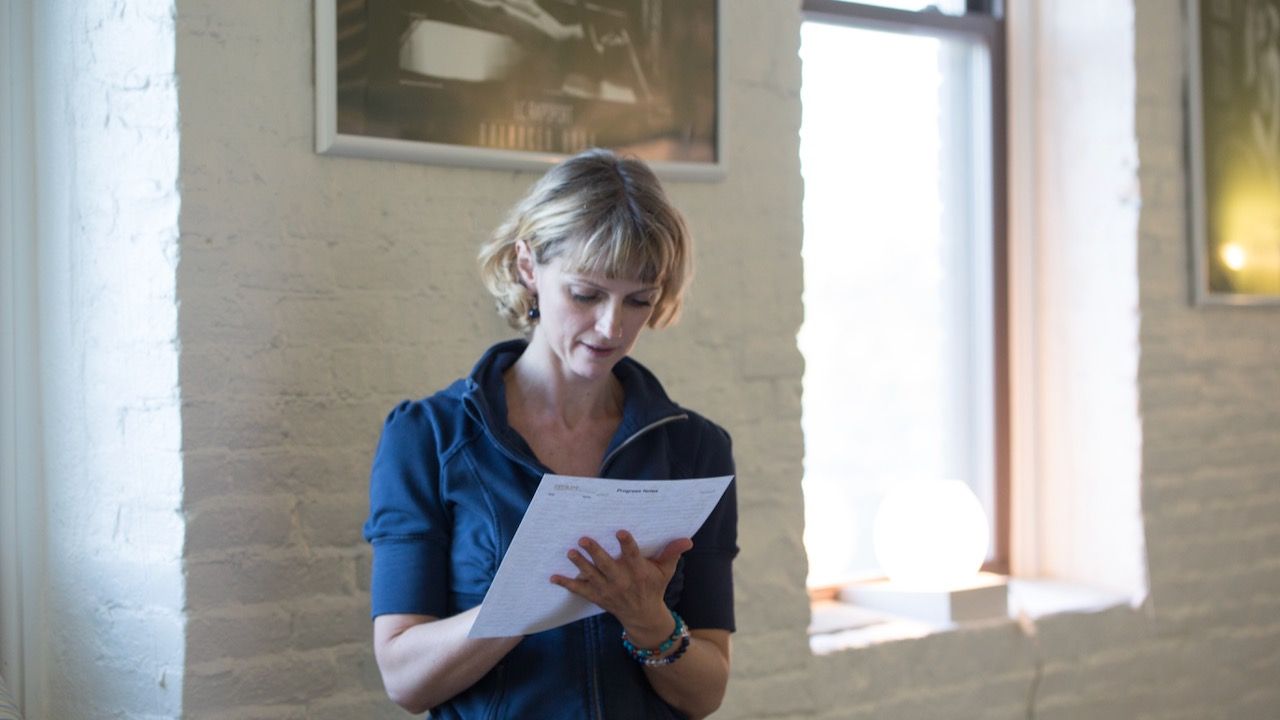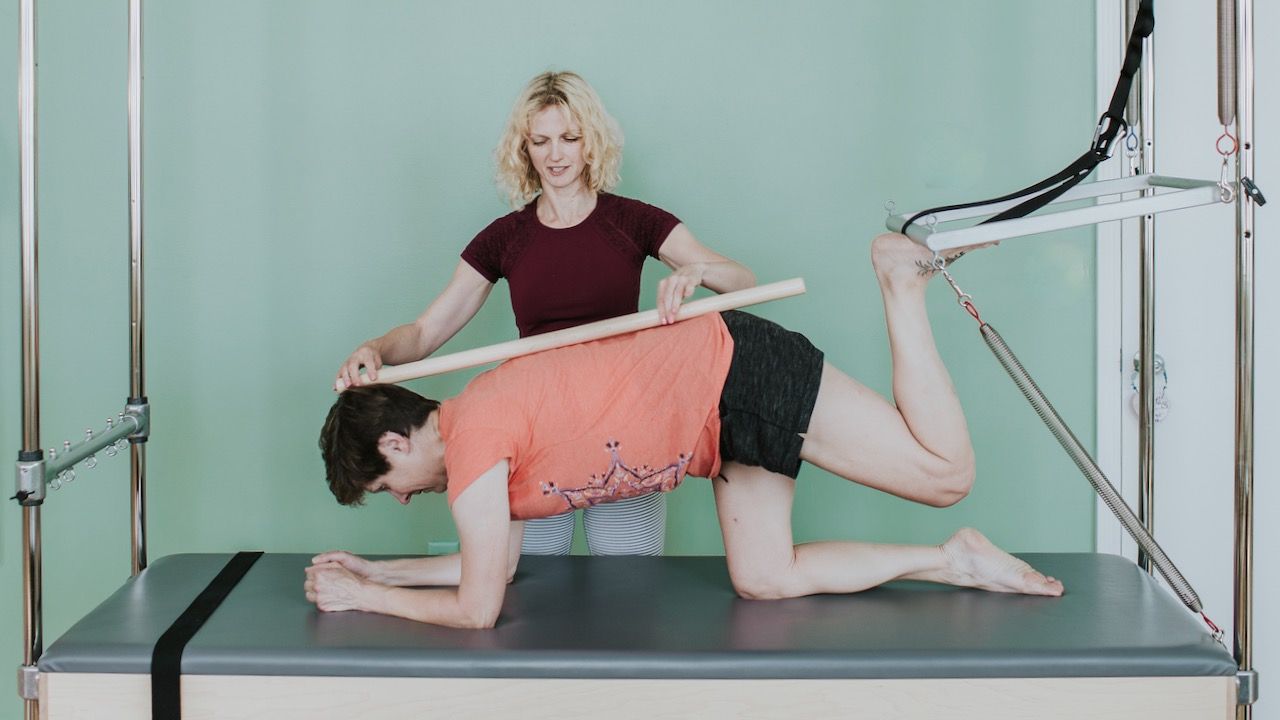
How to Reduce Pain and Increase Strength with Pilates
Aug 12, 2020I'm sure you've heard the saying: "A chain is only as strong as its weakest link." It's sometimes used when referring to sports teams or other group efforts. I would like to apply this concept to the muscles in your body. When all the muscles and joints in your body are working together to perform a movement, this movement feels easy and you feel strong. If one muscle or joint is weak, then the whole body is going to feel weaker. You won't be able to produce as much strength, lift as much weight, nor walk, run, or bike as many miles.
Think back to school. I'm sure you've had a classmate who seemed to know every answer to every question. So when the teacher asked a question, she would raise her hand, and most of the time this person would get to answer the question. At that moment, the other students, who might have figured out the answer with just a little bit more time, didn't really get a chance because someone else was faster or louder. (Yelling out answers is so unfair!)
Even though one person might know all the answers, the teacher can't move on to the next subject in her curriculum until the majority of students have understood the content. So your loud student will have to be bored for a while until the rest of the class has caught up.
Let's take this metaphor back to your body. Of course, we can all climb a flight of stairs. We can all pick up a dropped towel from the floor. And in all of us, the muscles and joints that are strong, fast, and mobile will get the job done. BUT this doesn't mean it's the most effective or efficient way to do it. For example, if your spine is pretty flexible but your legs are not, then your spine will do the bending down to reach the towel. The more often you repeat this pattern, the more flexible your spine will become and your legs will remain stiff and get even stiffer.
What a smart movement program like Pilates does is practice a simple movement (that is generally fairly easy to accomplish) and change your movement patterns, so that each muscle and joint is doing the work it should be doing, not more, not less. The lazy muscles have to wake up and the overactive ones get a chance to relax. The tight joints can loosen up and the loose ones will get incrementally stronger, and everything will come more into balance.
This thought is so contrary to popular beliefs about exercise. Common sense might suggest that doing longer workouts, choosing harder exercises, and lifting more weight (increasing your spring tension) will make you stronger and less achy.
And it's true, you will get more - more of what you're already good at. Your strong muscles will get even stronger. But you won't be able to strengthen the "muscles you didn't even know you had". You can only get to those by reducing the load, tempo, and challenge.
As a new teacher, we tend to choose harder and harder exercises because we feel that our students are bored. We haven't yet learned to detect their compensation patterns.
The Pilates repertoire gives us so many fantastic exercises to choose from, but for them to make real changes in the body we need to know:
- how to assess your student's strengths and restrictions
- how to communicate the exercise efficiently (cueing)
- how and when to regress or progress
The good news is that these are all skills that can be learned. I created the Teaching Skills chapter of the Pilates Encyclopedia to help you master these techniques.
Related: The Cueing Cure: Dramatically Improve Your Verbal Cueing in 30-Days
Get support with your day-to-day teaching challenges
Ready to Teach Pilates with Clarity and Confidence?
Sign up to receive my weekly email newsletter. It's jam-packed with Pilates articles, videos, exercise tutorials and teaching tips.
Only super valuable stuff here. No spam ever. Unsubscribe any time.








